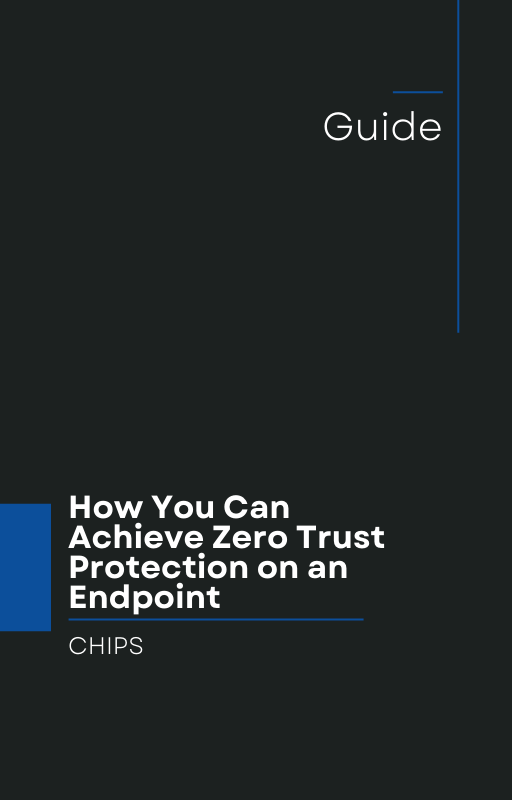The digital battleground of 2025 is changing in dramatic ways. In a recent article, When Ransomware Meets AI: The Next Frontier of Cyber Extortion, the authors describe how attackers are now using generative AI not just to write more persuasive ransom notes — but to automate malware creation, adapt exploits, and orchestrate extortion campaigns at scale. abovethelaw.com
This isn’t science fiction or a distant risk. It is happening now, pushing businesses into an urgent choice: continue relying on legacy detection and response strategies — or embrace a new posture built around isolation and containment.
From Detection to Automation: Amplified Risks
Traditional ransomware attacks already posed an immense threat. But generative AI accelerates all phases of the kill chain:
-
Automated attack generation: Attackers can use AI to craft customized malware, obfuscate payloads, or mutate code on the fly.
-
Adaptive extortion: Ransom demands can be tailored based on data exfiltrated and the target’s profile — making attacks more compelling and riskier. (See “Ransomware 3.0: Self-Composing and LLM-Orchestrated”) arXiv
-
Scale and efficiency: What once required a team of skilled hackers can now be orchestrated with fewer human resources, allowing more attacks in shorter time frames.
The result? Your existing antivirus, EDR (endpoint detection and response), or SOC (security operation center) — all built around spotting threats — will increasingly struggle to keep pace.
Why Detect & Respond Isn’t Enough
Detect-and-respond (or “prevention + remediation”) has been the dominant paradigm for years. But with AI-driven malware:
-
Detection windows shrink: Polymorphic and AI-generated malware may evade signature-based or heuristic detection.
-
Response lags behind damage: By the time a suspicious process is detected, encryption or exfiltration may already be underway.
-
Containment gaps remain: Resources may move laterally across endpoints before responses can isolate them.
In short: detection + response assumes you can catch the attack early enough. But AI makes “early enough” far more elusive.
Isolation & Containment: The New Imperative
Instead of relying solely on detection, modern defense strategies must assume that breaches will happen — and focus on stopping them from spreading. That’s where isolation and containment come in:
-
Proactive process-level isolation: Instead of trying to block a threat at the perimeter, isolate high-risk executables automatically when behavior deviates.
-
Micro-segmentation of execution contexts: Limit what a process can touch on the file system, registry, network, or memory.
-
Zero-trust enforcement at endpoint: Deny lateral movement even if a device is compromised.
This is not merely reactive — it’s anticipatory. It limits damage, reduces dwell time, and buys crucial time for investigation and remediation.
Why AppGuard Is the Answer for Business Owners
For over a decade, AppGuard has pioneered endpoint protection rooted in isolation and containment, not just detection. That track record matters — especially now. Here’s why business leaders should pay attention:
-
Proven history: AppGuard has been defending high-risk environments for 10 years, with minimal false positives and consistent containment of zero-day threats.
-
Containment-first philosophy: Rather than waiting for an alert, AppGuard isolates untrusted binaries instantly unless they adhere to predefined rules.
-
Attack surface reduction: By constraining executables’ behavior, lateral movement, memory injections, and code execution flaws become far harder to exploit.
-
Commercial readiness: Previously limited to government or select markets, AppGuard is now available for commercial deployment — for businesses of all sizes.
When ransomware meets AI, your defenders must be smarter — not slower. AppGuard gives you that smarter edge.
How Business Owners Can Make the Shift
-
Reassess your security assumptions
Stop asking, “Can we detect it?” and start asking, “Can it spread if it’s here?” Move your mindset from reactive to containment-centric. -
Layer in isolation controls at the endpoint
Even the best network or cloud defenses can’t replace strong protection on the endpoint itself. Isolation and containment must be first-class citizens. -
Pilot in high-risk segments
Deploy AppGuard where your crown-jewel data or high-risk users (e.g. finance, C-suite) operate. Use limited scope first, then scale. -
Monitor and iterate
Track blocked processes, false-positive rates, and thwarted attack paths. Refine rulesets as your environment evolves.
Conclusion & Call to Action
The era of AI-powered ransomware demands a leap forward in defense. Traditional detect-and-respond models are no longer enough. Businesses must adopt isolation and containment at the endpoint — because once a malicious binary plants roots, detection by itself won’t stop it.
We believe AppGuard is that leap forward: a mature, proven solution purpose-built for containment. And CHIPS is here to help you adopt it seamlessly — from planning to deployment to tuning.
Business owners: Don’t wait until your data is held hostage. Talk with us at CHIPS today about how AppGuard can prevent exactly the kind of AI-enabled ransomware scenario described in When Ransomware Meets AI: The Next Frontier of Cyber Extortion. Let’s move your security stance from detect/respond to isolation/containment — before the worst happens.
Like this article? Please share it with others!

October 15, 2025

Comments